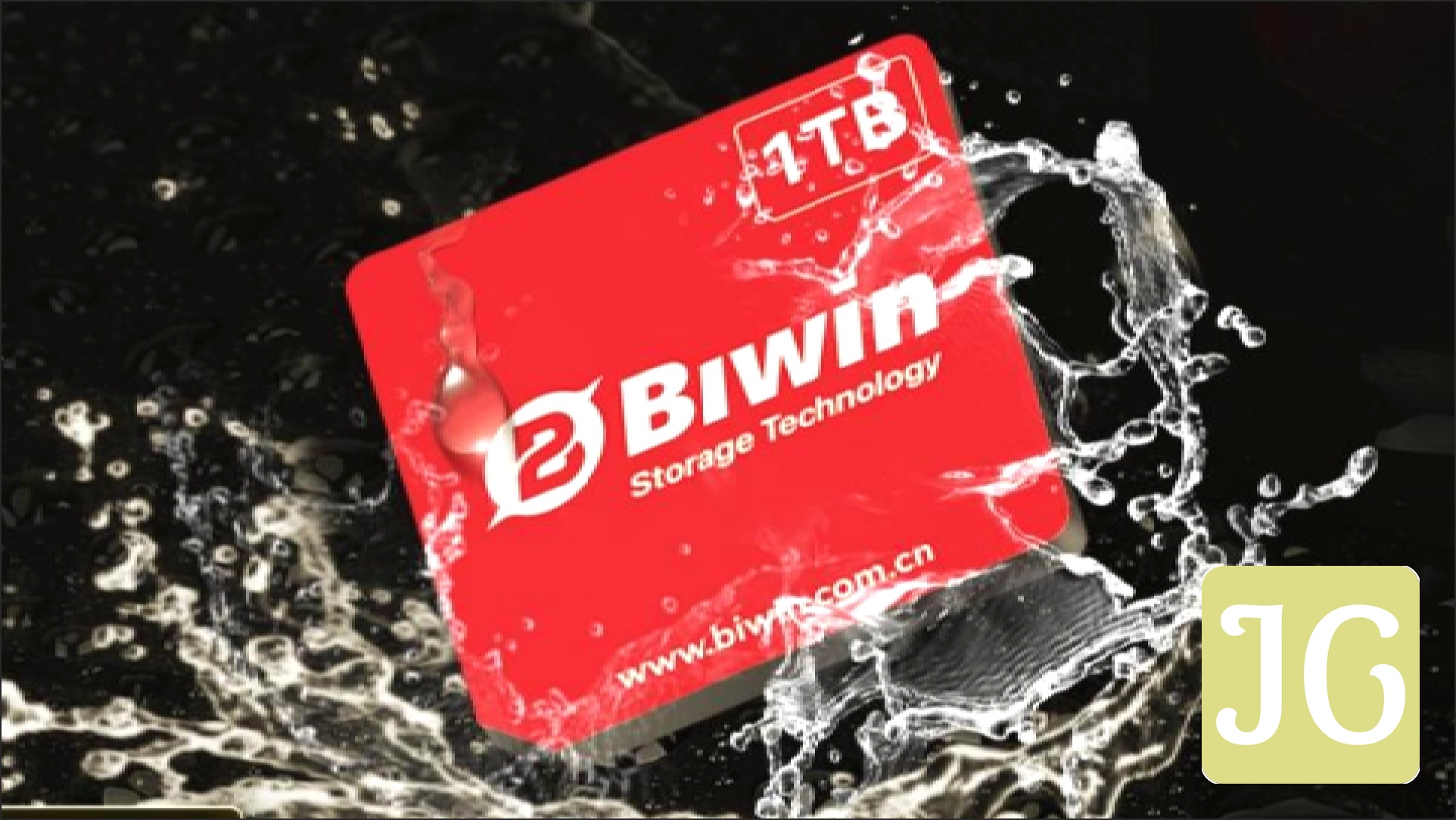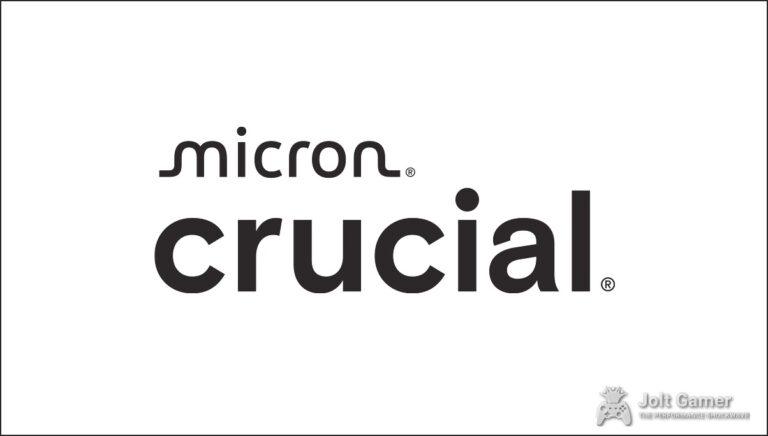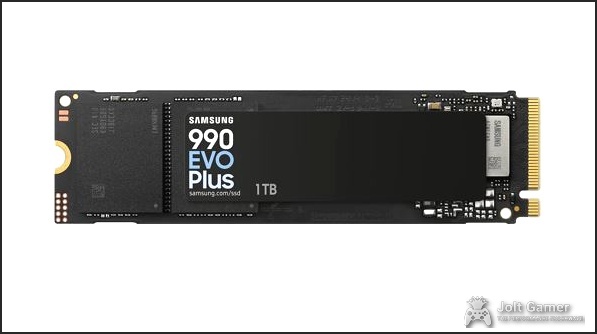The landscape of portable gaming storage is on the cusp of a significant shift, with a new player emerging that promises to redefine what’s possible in compact devices. Biwin, a notable name in memory and storage, has officially unveiled its “Mini SSD” – a solid-state drive so remarkably small it could fit on your fingertip. Touted as a potential high-performance successor to the ubiquitous MicroSD card, this SIM-card sized NVMe solution has ignited both fervent excitement and a healthy dose of skepticism within the hardware community. The promise of NVMe speeds in a swappable, ultra-compact form factor for handhelds is revolutionary, but as always, the devil is in the empirical details.
What is the Biwin Mini SSD?
At its core, the Biwin Mini SSD is a testament to miniaturization. This “teeny-tiny” solid-state drive reimagines portable storage with a form factor reminiscent of a smartphone SIM tray. Measuring an astonishing 15 x 17 x 1.4mm, it is smaller than a U.S. penny and even more compact than a British pound coin. Its purpose is clear: to serve as a high-performance, high-capacity alternative to traditional MicroSD cards in devices where internal space is at an absolute premium. Designed for integration into everything from ultra-thin laptops and tablets to phones and cameras, the Mini SSD aims to meet the escalating demands for storage performance in next-generation computing, particularly for edge AI applications and, crucially, portable gaming handhelds.

Specs That Impress (On Paper)
- Capacities: 512GB, 1TB, 2TB
- Interface: PCIe 4.0 x2, NVMe 1.4 protocol
- Quoted Sequential Read Speed: Up to 3,700 MB/s
- Quoted Sequential Write Speed: Up to 3,400 MB/s
- Durability: IP68 dust and water resistance, 3-meter drop protection
The Performance Reality Check: Mini SSD vs. The Competition
While the quoted speeds of the Biwin Mini SSD are indeed impressive on paper, rivaling many mainstream M.2 drives, the data reveals a critical distinction: real-world measured performance for the 512GB model sits around 1600 MB/s read and 1100 MB/s write. This significant delta between theoretical maximums and actual throughput is not entirely unexpected for such a compact form factor. The gaming community, as observed in our ‘Fandom Pulse’ analysis, remains highly skeptical about the Mini SSD’s ability to sustain its impressive speeds, especially in ultra-compact handhelds. The inevitable thermal throttling in such confined spaces is a well-understood challenge for any high-performance component. As one user noted, “3700 MB/s is great on paper, but how long will it actually stay that fast in a GPD Win 5 before it overheats? My desktop NVMe throttles, imagine this tiny thing.” This pragmatic view underscores the need for thorough, sustained load testing to truly understand the Mini SSD’s practical performance profile.
Durability: Overkill or Essential?
Biwin has engineered the Mini SSD with robust durability features, boasting an IP68 rating for dust and water resistance, alongside the ability to survive drops from up to three meters. From a hardware validation perspective, these specifications are undeniably impressive for any storage component. However, the community’s ‘Fandom Pulse’ raises a pertinent question: are these features truly necessary, or even practical, for an internal component? While a handheld device itself might benefit from ruggedization, an SSD residing within its chassis is inherently shielded. Some argue that such extreme durability adds undue cost to the final product without a commensurate real-world benefit for the typical user. “IP68 and drop protection for an internal SSD? Cool, I guess, but I’d rather they just make it cheaper. Who’s dropping their handheld without a case anyway?” This sentiment highlights a tension between engineering robustness and consumer value. While peace of mind is certainly a factor for rugged portable use cases, the empirical data on actual failure rates from physical shock for internal SSDs in handhelds would be crucial to justify the potential cost premium.
The Proprietary Puzzle: Adoption & Ecosystem
A significant hurdle for the Biwin Mini SSD’s widespread adoption lies in its proprietary nature. Unlike universal standards such as MicroSD or M.2, this new format requires a dedicated slot, functioning akin to a smartphone SIM tray where a tool (like a pin) is needed for insertion and removal. This contrasts sharply with more widely compatible formats like MicroSD Express, which, despite its own slow adoption, is designed to be backward compatible and is notably supported by devices such as the upcoming Nintendo Switch 2. For the Mini SSD to truly flourish, it needs a broader ecosystem of device manufacturers to commit to its specialized slot, moving beyond niche early adopters to become a more ubiquitous solution. The lack of universal interoperability will be a critical factor in its market penetration.
The JoltGamer Verdict: A Glimpse Into Portable Gaming’s Future?
The Biwin Mini SSD represents a genuinely revolutionary step in portable storage. Its unique blend of ultra-compact size, impressive quoted NVMe speeds, and user-friendly swappability via a SIM-tray like mechanism could indeed be a game-changer for high-performance portable gaming handhelds. The ability to easily expand or swap terabytes of storage without disassembling a device is an undeniable convenience. However, its path to widespread adoption is fraught with significant hurdles. The proprietary nature of its slot is a major concern, limiting its immediate compatibility. More critically, the discrepancy between quoted and real-world thermal performance in ultra-compact devices demands rigorous, sustained testing to validate its practical utility for demanding gaming workloads. Furthermore, the complete lack of pricing and widespread availability information keeps it firmly in the realm of promising prototypes rather than readily accessible consumer hardware. While an exciting glimpse into the future of portable gaming storage, the Biwin Mini SSD remains an unproven contender, awaiting the empirical data and broader market commitment that will determine its true impact.
Frequently Asked Questions
- What is the Biwin Mini SSD?
- The Biwin Mini SSD is a revolutionary, ultra-compact solid-state drive measuring just 15x17x1.4mm. It’s designed in a SIM-tray style form factor, offering NVMe-class performance and high capacities (up to 2TB) for portable devices, intended as a high-performance alternative to MicroSD cards.
- How fast is it really compared to other storage types?
- While quoted for sequential speeds up to 3,700 MB/s read and 3,400 MB/s write, real-world testing on the 512GB model showed approximately 1600 MB/s read and 1100 MB/s write. This is significantly faster than MicroSD cards (V90-rated at ~300 MB/s) and MicroSD Express (~985 MB/s), but slower than typical M.2 NVMe SSDs (which can reach 8,000-14,000 MB/s).
- Which devices are confirmed to support it?
- The Biwin Mini SSD has been confirmed for early adoption in two new Chinese gaming portables: the GPD Win 5 and the OneXPlayer Super X. Both devices feature dedicated slots designed for this new storage format.
- Is it a universal standard?
- No, the Biwin Mini SSD is not a universal standard. It requires a proprietary slot and functions similarly to a smartphone SIM tray, necessitating a tool (like a pin) for insertion and removal. This contrasts with more widely adopted formats like MicroSD Express.
- When will it be available and how much will it cost?
- As of now, Biwin has not disclosed a specific launch date or official pricing information for the new-generation Mini SSD. Availability will initially be limited to devices that integrate its proprietary slot.
- How does its durability benefit gamers?
- The Biwin Mini SSD boasts an IP68 rating for dust and water resistance, along with 3-meter drop protection. While these features make it incredibly robust, the community questions if such extreme durability is truly necessary for an internal component, or if it adds undue cost. For rugged portable use, it offers peace of mind, but its primary benefit for internal use is debatable against the potential cost.





